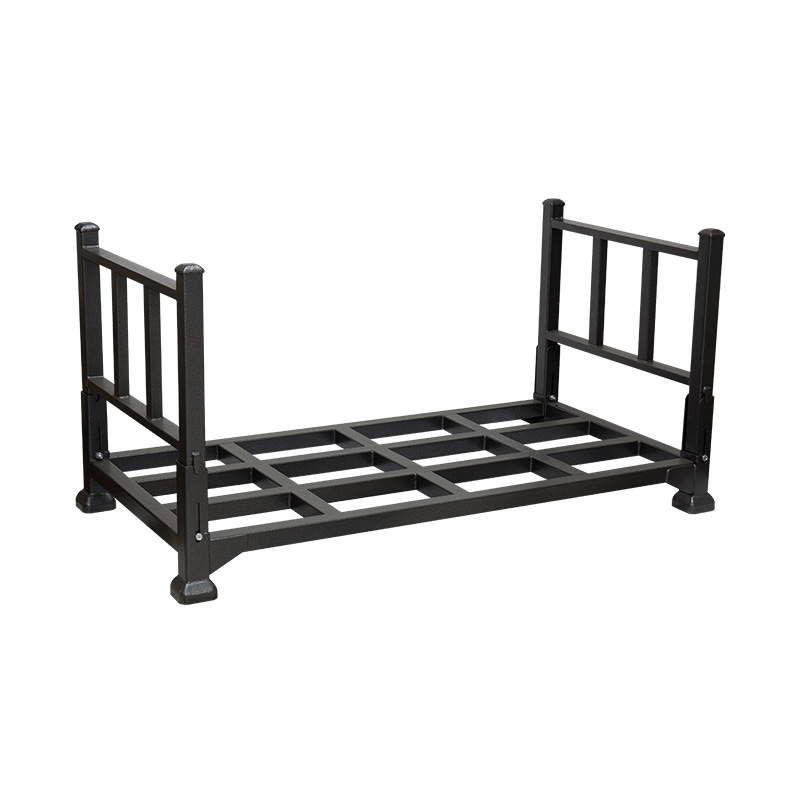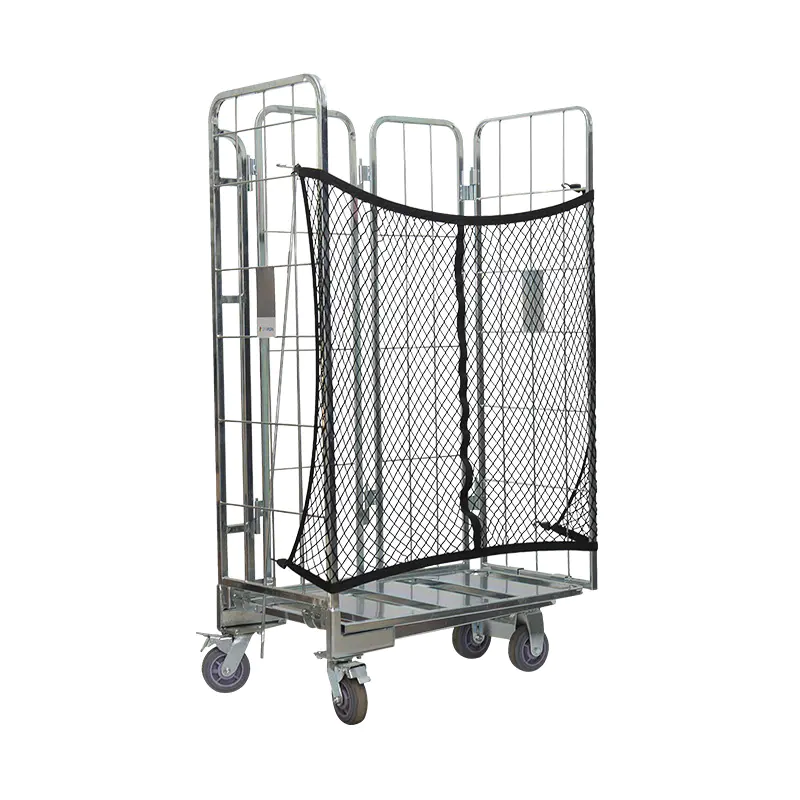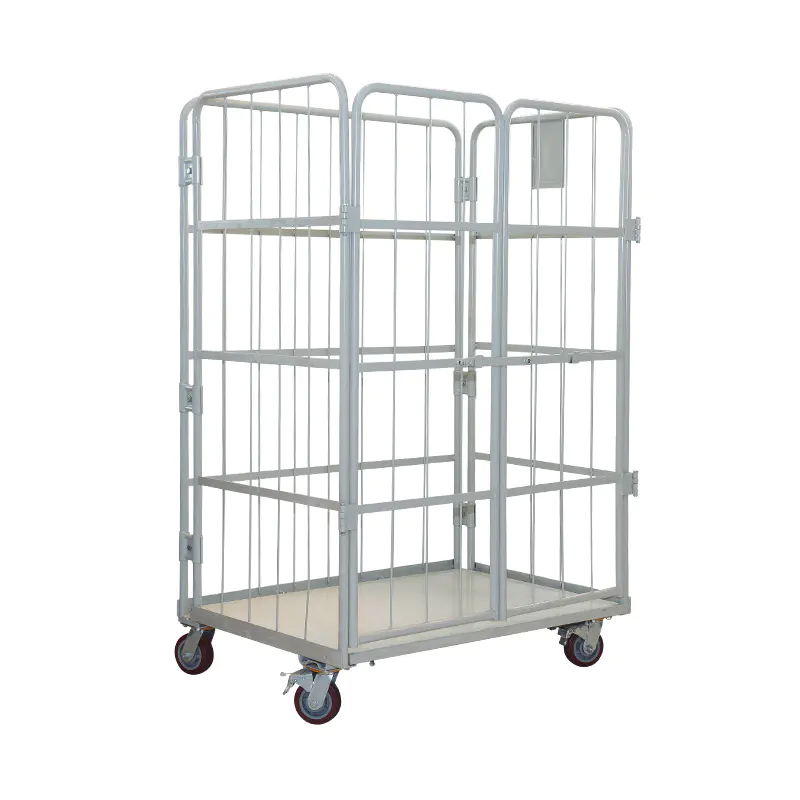Don't hesitate to send a message
Web Menu
Product Search
Exit Menu
What Are the Different Types of Catering Trolleys Used on High-Speed Trains?
Introduction: The Mobile Hub of Onboard Service
The swift, silent glide of a high-speed train is a marvel of modern engineering, and an integral part of the passenger experience within this environment is the high speed railway catering trolley. Far from a simple cart, this piece of equipment is a carefully engineered mobile service hub, designed to operate within the unique constraints of a moving train while meeting diverse passenger needs. For railway operators, procurement specialists, and wholesalers, understanding the variety of these trolleys is not a matter of trivial detail, but a crucial aspect of operational planning and passenger service strategy. The choice of trolley directly impacts service speed, product integrity, revenue potential, and staff efficiency.
The design of any high speed railway catering trolley is fundamentally dictated by its operating environment. The narrow aisles, constant motion, limited storage space at the ends of carriages, and the need for rapid service during short journey times present a unique set of challenges. Every aspect, from the wheelbase and materials to the internal compartmentalization, is a response to these conditions. Furthermore, the evolution of passenger expectations has driven innovation in trolley design, moving beyond a one-size-fits-all approach to a more specialized range of equipment. By categorizing and understanding these different types, one can appreciate how the humble high speed railway catering trolley has become a sophisticated tool in the competitive landscape of rail travel.
The Standard Hot Beverage and Snack Trolley
The most ubiquitous and recognizable type is the standard trolley designed for hot beverages and snacks. This model is the workhorse of onboard catering, engineered for the high-frequency, fast-transaction service typical of many high-speed routes. Its primary function is to securely transport and conveniently serve a high volume of low-to-medium value items, with a core focus on coffee, tea, packaged snacks, and confectionery. The design of this high speed railway catering trolley is a masterclass in space optimization and operational ergonomics.
The internal layout is typically characterized by modular and adjustable shelving. A dedicated, insulated thermos container is a non-negotiable feature, designed to hold a large volume of hot water or pre-brewed coffee, maintaining a safe and consistent temperature throughout the service cycle. The shelving around this central unit is arranged to hold stacks of cups, stirrers, and sachets of sugar and creamer in an easily accessible manner. Lower shelves are often deeper, designed for bulkier items like packaged sandwiches, crisps, and chocolate bars. A critical design element is the inclusion of non-slip surfaces or small lips on the shelves to prevent items from sliding during the train’s movement. The exterior design often incorporates a prominent, stable surface that serves as a temporary counter for preparing drinks and completing transactions, a vital feature for staff safety and efficiency. The materials used for this type of high speed railway catering trolley must prioritize lightweight durability, often employing aircraft-grade aluminum frames to ensure easy maneuverability without sacrificing structural integrity.
The Cold Refreshment and Beverage Trolley
Specializing in the conveyance of chilled products, the cold refreshment trolley is essential for routes in warmer climates, during summer seasons, or for operators who prioritize a extensive cold drink selection. This type of high speed railway catering trolley is fundamentally differentiated by its integrated cooling technology. The core challenge it addresses is maintaining a safe and appealing temperature for beverages and perishable food items from the moment of loading until the final sale, which can be several hours into a journey.
The most common cooling solution is the use of integrated insulated compartments that function like mobile coolers. These are often lined with materials such as food-grade polyethylene and feature tightly sealed doors to retain cold air. For more advanced and sustained cooling, some models are equipped with gel-based cooling packs that can be frozen prior to service. The most sophisticated versions of this high speed railway catering trolley may incorporate active, powered refrigeration systems. These systems, typically powered by rechargeable batteries stored within the trolley’s chassis, offer precise temperature control but add complexity, weight, and cost. The internal configuration is designed to maximize the capacity for cans, bottles, and plastic containers, often with dedicated racks or cradles to prevent glass-on-glass contact and minimize noise. The external design must also account for condensation, using materials and finishes that are resistant to moisture and are easy to wipe down. For wholesalers, understanding the cooling mechanism is paramount, as it directly impacts the trolley’s cost, maintenance requirements, and suitability for specific journey durations.
The Multi-Temperature and Combination Service Trolley
In response to the need for operational efficiency and space conservation on trains, the multi-temperature or combination service trolley represents a significant advancement in design. This versatile high speed railway catering trolley is engineered to consolidate multiple service functions into a single, unified unit. It is the ideal solution for services that wish to offer a comprehensive range of hot drinks, cold drinks, and snacks without requiring staff to manage two separate trolleys or make frequent trips back to a central galley for restocking.
The design philosophy of this high speed railway catering trolley is one of intelligent compartmentalization. The internal space is meticulously segmented into distinct temperature zones. A typical configuration might include a dedicated insulated section for hot beverages, a separate, sealed compartment with cooling for cold drinks, and ambient-temperature shelving for dry snacks and confectionery. The key engineering challenge is ensuring that these zones are thermally isolated from one another to prevent the transfer of heat or cold, which would compromise product quality. This is often achieved through the use of high-density insulation foam between the compartments and robust sealing around the doors. The layout is also designed with workflow in mind, allowing the staff member to access any product category without excessive movement or rearranging of items. This type of high speed railway catering trolley often features a more complex but highly organized internal structure, making it slightly heavier than a standard model, but its ability to perform the job of two specialized trolleys offers a compelling argument for its adoption on many services.
The Premium and At-Seat Dining Trolley
For first-class or premium service cabins, the catering trolley undergoes a transformation from a utilitarian sales tool into an elegant component of a fine dining experience. The premium high speed railway catering trolley is designed not just for transport, but for presentation and tableside service. Its function is to enhance the perceived value of the meal and provide a seamless, restaurant-quality service directly at the passenger’s seat.
The aesthetic considerations for this high speed railway catering trolley are as important as its functional ones. Materials often include brushed stainless steel, polished wood veneers, and subtle, high-quality branding. The design is typically lower and more streamlined to maintain a sightline for seated passengers and to project an air of sophistication rather than bulk. Functionally, these trolleys are configured for at-seat meal service. This involves secure compartments for holding plated meals, often with specially designed plate holders or warming drawers to maintain ideal food temperature. There will be dedicated spaces for cutlery, linen napkins, condiments, and beverages. A large, flat, and stable top surface is critical, as it acts as a staging area for final plate preparation or for opening a bottle of wine in front of the passenger. The maneuverability of this high speed railway catering trolley must be exceptionally smooth and quiet to avoid disrupting the calm ambiance of the premium cabin. Every detail, from the silent-rolling casters to the soft-closing drawers, is engineered to contribute to a refined passenger experience.
The Specialized Galley Support and Replenishment Trolley
While not always seen by passengers, the galley support and replenishment trolley is a backbone of the entire onboard catering operation. This type of high speed railway catering trolley is designed not for direct sales, but for logistics and resupply. Its primary role is to transport bulk quantities of goods from the main galley storage area to the service trolleys operating in different carriages, or to restock galley units themselves. It is the workhorse that enables the front-line service trolleys to remain in operation for longer periods.
The design of this high speed railway catering trolley prioritizes pure cargo capacity and robust construction over the refined ergonomics of a sales trolley. It often features a more open or utilitarian design, with strong, wire-mesh shelving that allows for easy loading and visibility of stock. The shelves are typically adjustable to accommodate a wide variety of box sizes, canned goods, and other supplies. Given the heavier loads it is expected to carry, its frame is more heavy-duty, and its wheels are larger and more durable to handle the weight. A key feature is its ability to be efficiently loaded and unloaded in the often cramped galley space. Some models are designed to be semi-permanent storage units within the galley, sliding into dedicated spaces, while others are highly mobile for rapid transit between carriages. For an operator running a complex catering service, this high speed railway catering trolley is an indispensable tool for managing inventory and ensuring that service never grinds to a halt due to a lack of supplies.
Key Design Differentiators Across All Trolley Types
Beyond their specific functions, all types of high speed railway catering trolley share common design elements that are tailored in different ways. Understanding these core differentiators allows for a more nuanced comparison between models and types.
Maneuverability and Chassis Design is perhaps the most critical universal feature. The chassis must provide stability at high speeds, preventing tipping when the train banks around a curve. This is achieved through a low center of gravity and a wide, stable wheelbase. Simultaneously, the steering mechanism, typically a lockable swivel caster at the front, must allow for precise navigation of narrow aisles. The choice of wheels—often a combination of materials like polyurethane for a quiet, smooth roll and resistance to train floor gaps—is a key detail that affects both staff fatigue and passenger disturbance.
Material Selection and Durability is another fundamental differentiator. The high speed railway catering trolley must withstand constant use, impact, and cleaning with harsh chemicals. Aircraft-grade aluminum is widely used for its excellent strength-to-weight ratio. Stainless steel is preferred for surfaces requiring high hygiene, such as food contact areas. The quality of the finish, such as a robust powder coating, is essential for resisting scratches, dents, and corrosion, thereby extending the trolley’s operational life and maintaining its professional appearance.
Customization and Modularity is a growing trend. The ability to customize a standard high speed railway catering trolley to meet an operator’s specific needs is a significant advantage. This can range from applying a specific color scheme or logo to fundamentally altering the internal layout. Modular shelving systems, interchangeable compartments, and accessory brackets (for e.g., card payment terminals) are highly valued features. This flexibility allows operators to adapt their service offering without investing in an entirely new fleet of trolleys.
The following table provides a comparative overview of the primary trolley types based on these key differentiators:
| Trolley Type | Primary Function | Key Features | Typical Materials |
|---|---|---|---|
| Standard Hot Beverage & Snack | High-volume drink & snack sales | Insulated hot water tank, adjustable snack shelves, preparation counter. | Aluminum frame, plastic composites, powder-coated steel. |
| Cold Refreshment & Beverage | Sales of chilled drinks & perishables | Insulated/cooled compartments, gel packs or active cooling, bottle racks. | Stainless steel liners, enhanced insulation, moisture-resistant finishes. |
| Multi-Temperature & Combination | Consolidated hot, cold & ambient service | Thermally isolated zones, complex internal organization, high capacity. | Combination of materials for different zones, robust sealing. |
| Premium & At-Seat Dining | Tableside meal service in premium classes | Aesthetic finishes, plate warmers, presentation surfaces, silent operation. | Brushed stainless steel, wood veneers, high-quality laminates. |
| Galley Support & Replenishment | Bulk transport of supplies | High-capacity, open shelving, heavy-duty chassis, utilitarian design. | Durable steel or aluminum, wire mesh shelving, industrial casters. |
Aligning Trolley Type with Service Strategy
The diversity of high speed railway catering trolley designs is a direct reflection of the varied and evolving nature of passenger rail service itself. There is no single “best” type of trolley; rather, there is an optimal trolley for a specific operational context. The choice between a standard hot beverage trolley, a sophisticated multi-temperature unit, or an elegant premium service trolley is a strategic decision that hinges on several factors, including the target passenger demographic, journey duration, available galley space, and the overarching commercial goals of the rail operator.
For procurement specialists and wholesalers, a deep understanding of this typology is indispensable. It enables them to guide their clients—the railway operators—toward the equipment that will deliver the greatest operational efficiency and passenger satisfaction. Specifying the wrong type of high speed railway catering trolley can lead to slowed service, dissatisfied staff, and lost revenue opportunities. Conversely, the correct selection enhances the passenger experience, streamlines workflows, and maximizes the return on investment for the catering service. As high-speed rail continues to grow and compete with other modes of transport, the high speed railway catering trolley remains a critical, though often overlooked, element in defining the quality of the journey. Its continued evolution will undoubtedly parallel the innovations in the trains it serves.
-
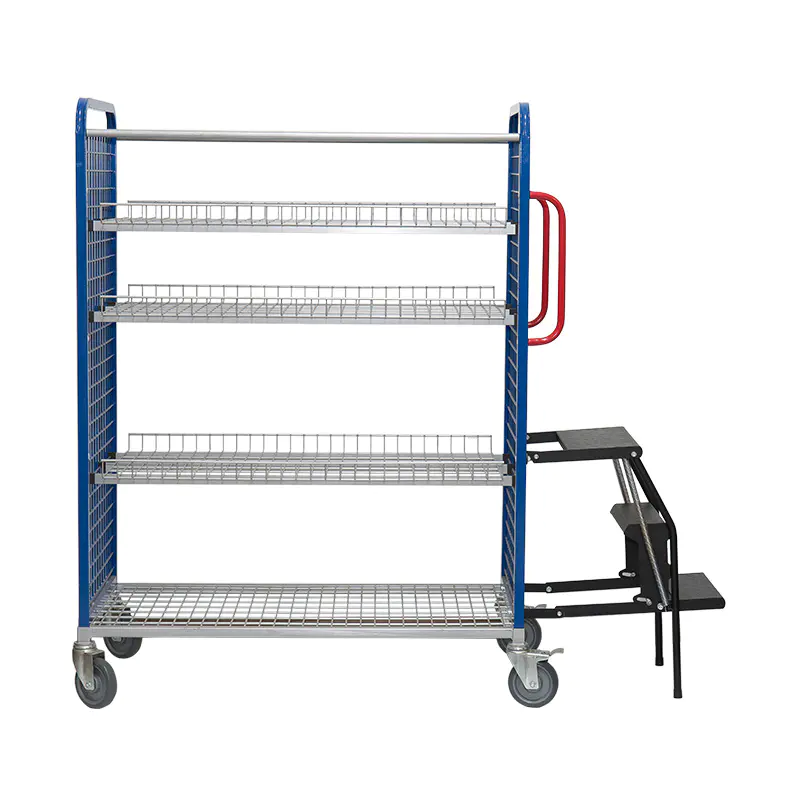
Product specification:This Warehouse wire mesh Multi-Tier Order Picking Trolley adopts a chassis and side panel structur...
See Details -
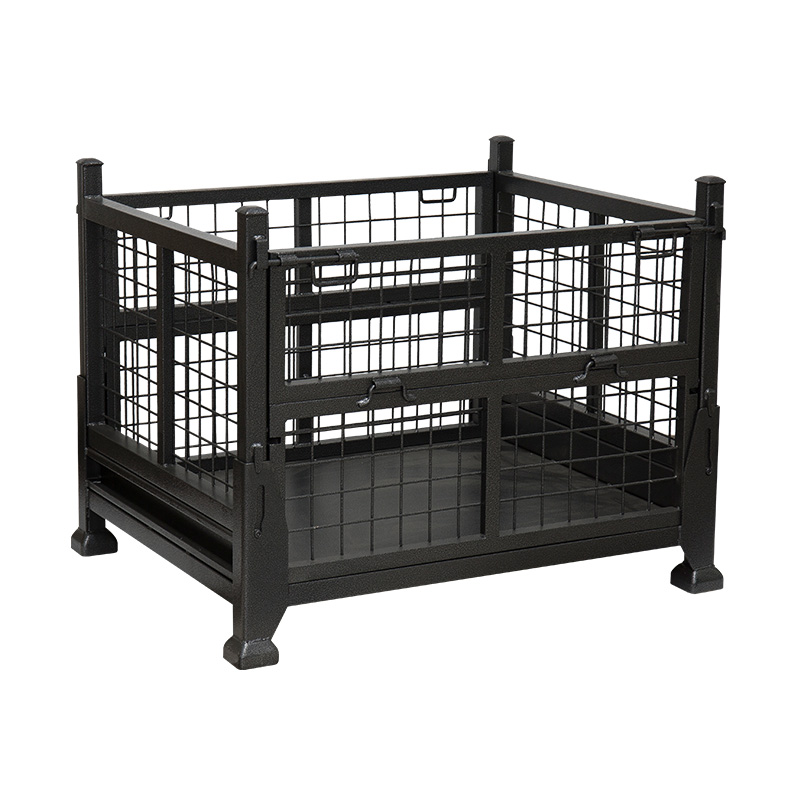
Foldable pallet cages are an important tool in factory logistics. They play an important role in transportation, distrib...
See Details -
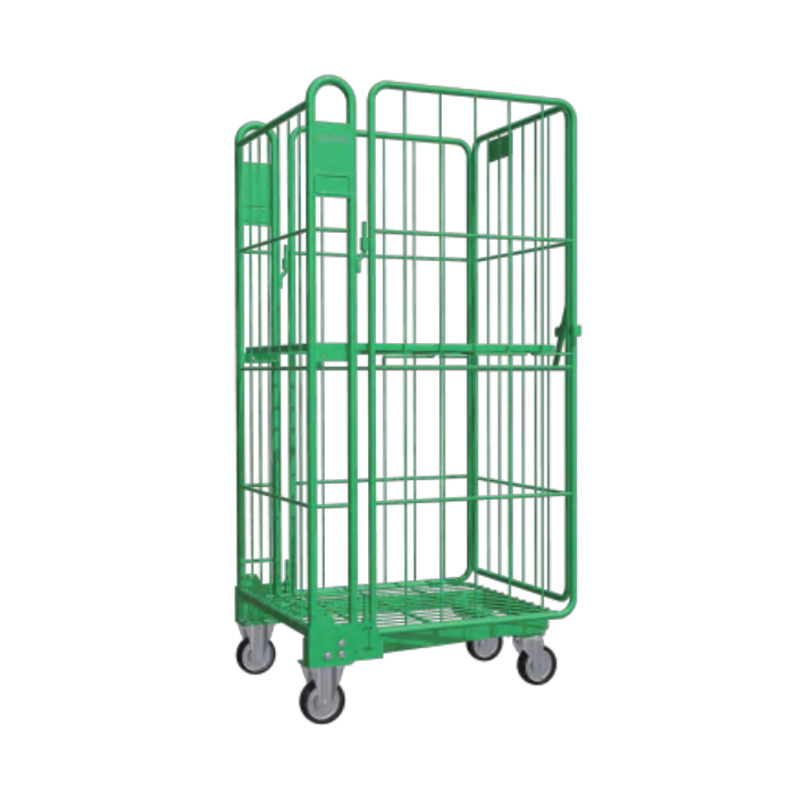
Product specification:The chassis is made of a square tube frame, with a bottom metal sheet tray that can be folded up a...
See Details -
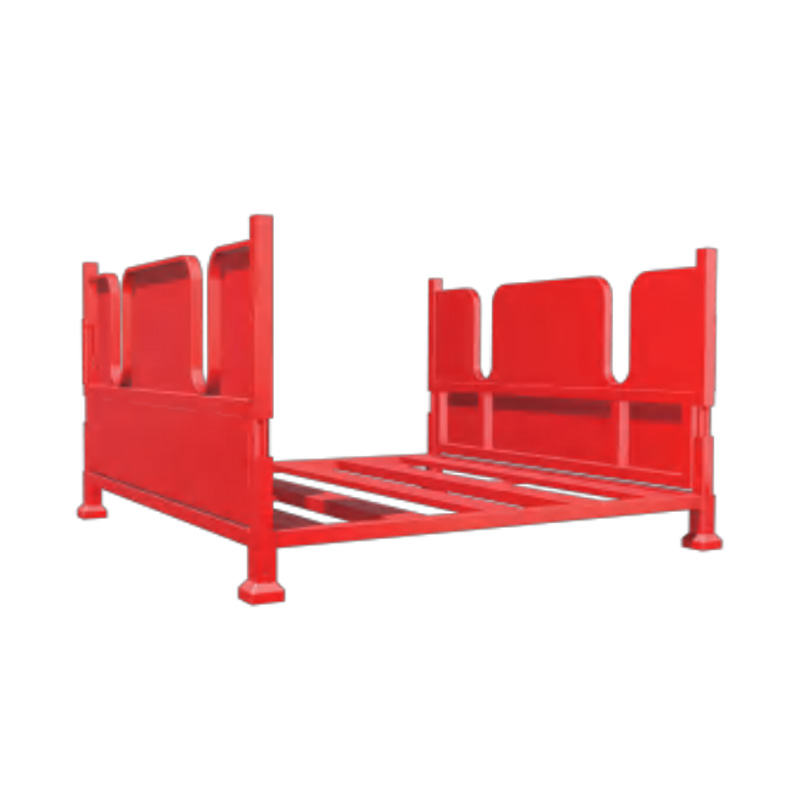
Stacking rack, also known as Qiaogu rack or stacking rackIt is a transportation and storage device derived from pallets ...
See Details -
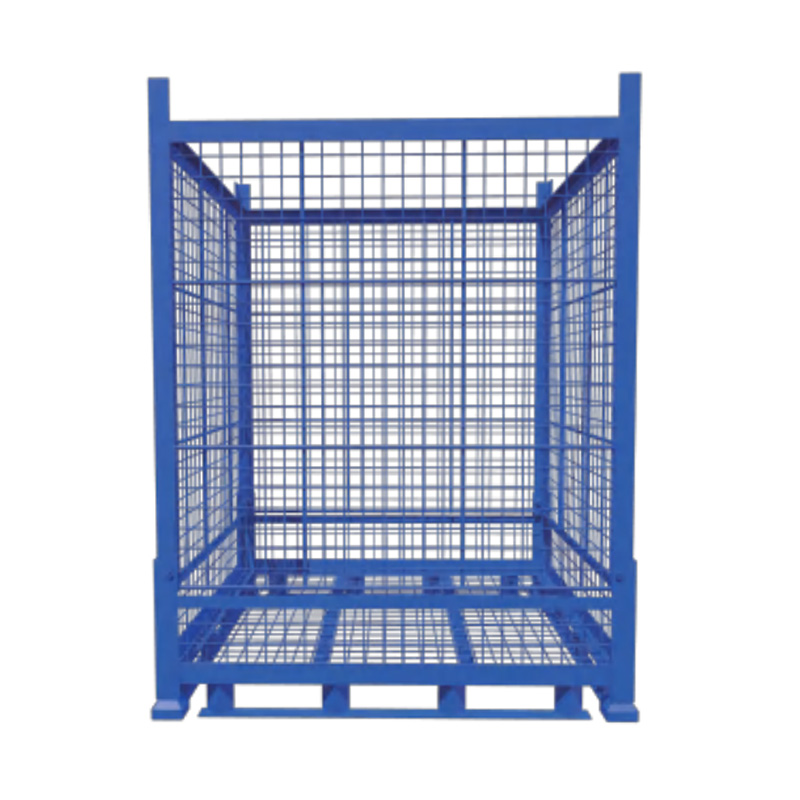
Product specification:Container structure made of L-Type plate frame with 50×50 wire mesh, with base support.Surface tre...
See Details
-
Building B5, No. 138, Weixi Road, Weixi Village, Weitang Town, Xiangcheng District, Suzhou City, China.
-
Tel:
+86-13862140414
+86-13951110334 -
Phone: +86-512-65905480

